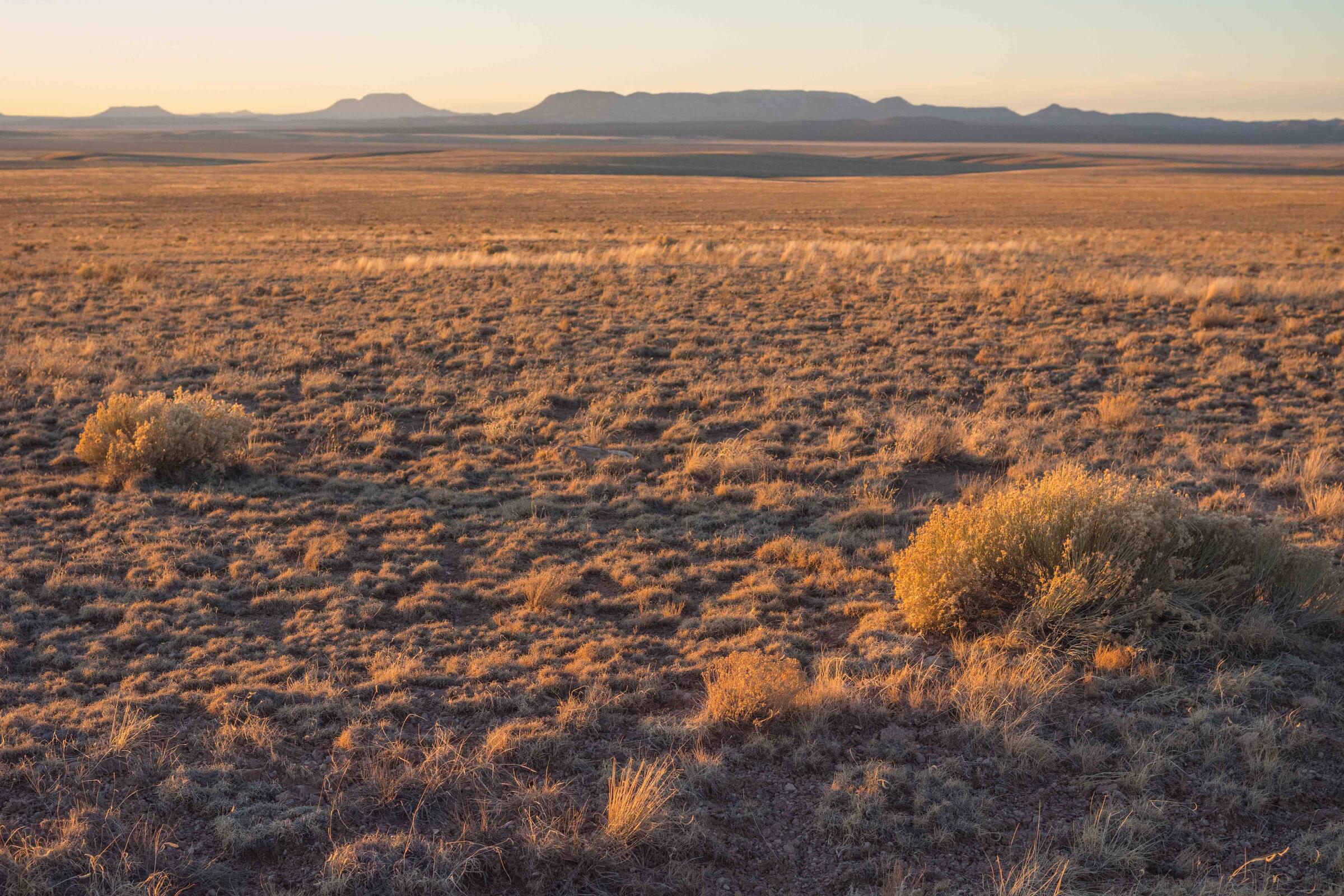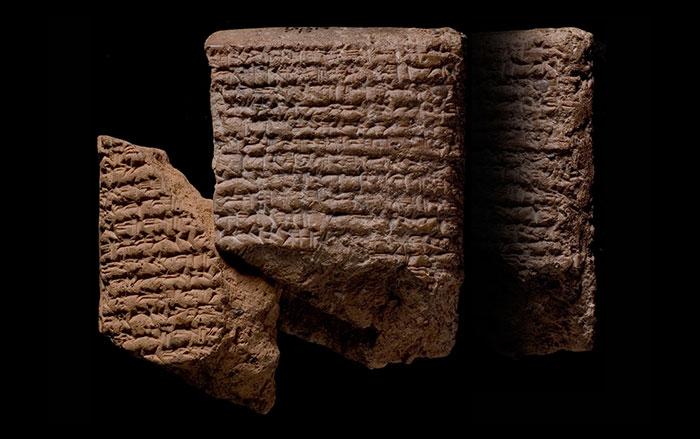
JENA, GERMANY—A recent study suggests that three men buried some 500 years ago in a cemetery at a colonial hospital in Mexico City belonged to the first generation of Africans to arrive in the New World, according to a report in Science Magazine. The skeletal remains of the three men were unearthed in the 1980s during the construction of a subway line. At the time, researchers suspected the remains might have belonged to people born and raised in cultural traditions based in West Africa based on the modifications made to their teeth. Genetic analysis of the remains by Rodrigo Barquera and Johannes Krause of the Max Planck Institute for the Science of Human History revealed that all three men had ancestors from West Africa, while the analysis of the chemical composition of their teeth showed that they all grew up in West African ecosystems. Barquera and Krause added that the men’s skeletons show signs of trauma, including gunshot wounds, heavy physical labor, broken bones, malnutrition, and anemia, which suggests they had been enslaved, and were perhaps among the first victims of the transatlantic slave trade. To read about a study of the geographic origins of enslaved individuals brought to the Caribbean via the slave trade, go to "Finding Lost African Homelands."











